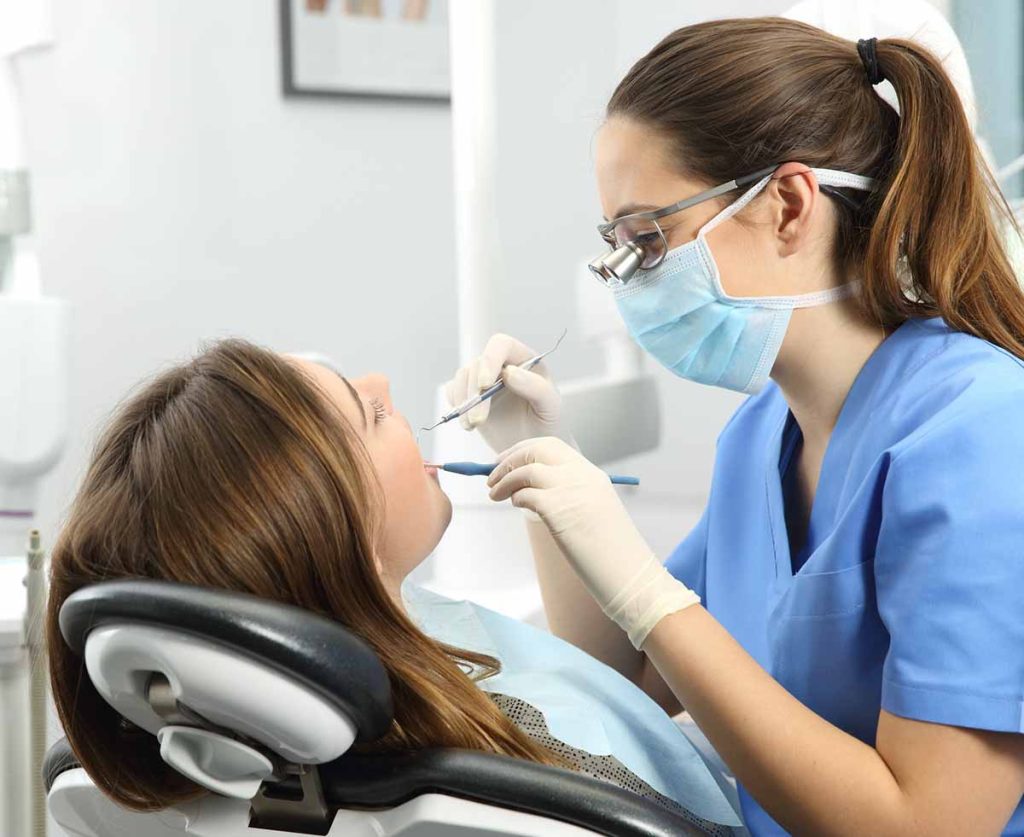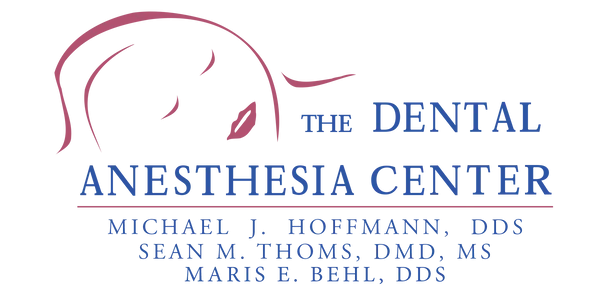At The Dental Anesthesia Center, we have the only board-certified dental anesthesiologists in Missouri.
Sedation dentistry has become an invaluable solution for patients with dental fear, anxiety, extreme sensitivity, and more. This approach offers patients a way to alleviate their fears and anxieties during dental procedures. However, a common question about sedation dentistry is whether patients are completely asleep during the process.
At The Dental Anesthesia Center, we value our patient relationships, making it our priority to answer all your questions and help ease any of your concerns. We combine the latest dental technology with a professional and compassionate team.

Sometimes called “sleep dentistry,” sedation dentistry uses medication to help patients relax during dental procedures. In most cases, patients are awake during treatment, except those under general anesthesia.
Understanding the 4 Levels of Sedation
Sedation dentistry provides various levels of sedation, each suited to the specific needs and comfort levels of the patient. These levels can be categorized as follows:
- Minimal Sedation: In this state, the patient remains awake but is significantly relaxed. They can still communicate with the dentist and follow instructions throughout the procedure.
- Moderate Sedation (Conscious Sedation): Patients under moderate sedation are in a more deeply relaxed state but are not entirely asleep. They may experience mild drowsiness, and they might not remember much of the procedure afterward. They can still respond to stimuli and simple commands.
- Deep Sedation: This level of sedation is closer to being asleep, but patients can still be awakened. Deep sedation is usually administered by an anesthesiologist or an experienced dental anesthetist, and the patient is closely monitored throughout the procedure.
- General Anesthesia: With general anesthesia, patients are completely unconscious and unaware of the dental procedure. It is most commonly used for more complex surgeries, and an anesthesiologist or dental anesthetist is essential for its administration.
Are You Completely Asleep During Sedation Dentistry?
The extent to which patients are asleep during sedation dentistry depends on the level of sedation chosen by the patient and their dentist. As mentioned, in minimal sedation, patients are awake, aware, and can communicate with their dentist. In contrast, under general anesthesia, patients are completely unconscious and unaware of the procedure.
For most dental procedures, moderate sedation (conscious sedation) is the most commonly used level. During moderate sedation, patients may feel drowsy and relaxed, but they are not entirely asleep. They can still respond to stimuli and simple commands, and they typically have little to no memory of the procedure. This level of sedation is often preferred because it allows the dentist to work comfortably while ensuring the patient’s safety and comfort.
Deep sedation and general anesthesia are reserved for more complex dental surgeries, such as wisdom tooth extractions or oral maxillofacial procedures. Under deep sedation, patients are in a sleep-like state but can still be awakened, while under general anesthesia, they are fully asleep.
Sedation Dentistry St. Louis
With sedation dentistry, the level of sedation determines whether the patient is completely asleep during the procedure. When you schedule your appointment, Dr. Hoffmann or Dr. Thoms will answer your questions, address your concerns, and determine the level of sedation appropriate for you or your loved one. Contact us today to schedule your appointment.
